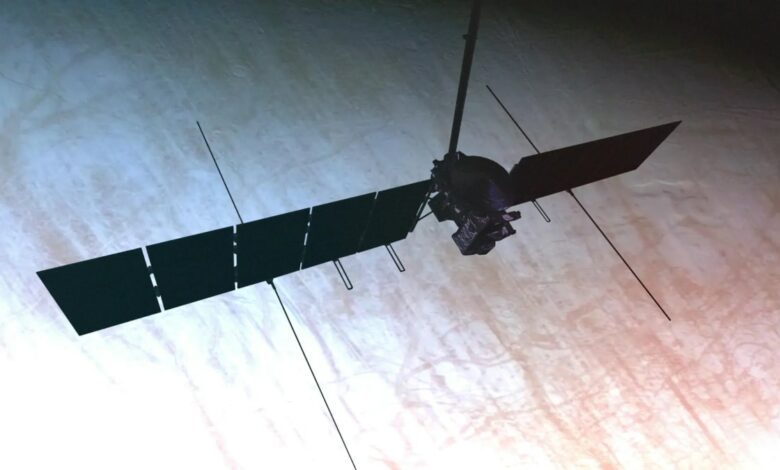NASA’s Europa Clipper Probe begins deploying scientific instruments

NASA’s Europa Clipper spacecraft has begun deploying its science instruments on its journey to Jupiter. The probe, launched on October 14, 2023 aboard a SpaceX Falcon Heavy rocket from the Kennedy Space Center, will study Europa, one of Jupiter’s moons. Europa is believed to have a subsurface ocean, which may harbor conditions suitable for life. According to NASA, the spacecraft has traveled more than 20 million kilometers since launch, traveling at a speed of 35 kilometers per second relative to the sun.
Use and purpose of instruments
According to NASA reports, the spacecraft successfully expanded two key instruments: the magnetometer boom and several radar antennas. The magnetometer, placed on an 8.5-meter boom, will measure Europa’s magnetic field, helping confirm the existence of a subsurface ocean while providing details about its depth and salinity.
The radar antennas, part of the Radar for Europe Assessment and Sounding: Ocean to Near-surface (REASON) instrument, involve four high-frequency antennas of 17.6 meters each and eight smaller antennas. These components are
designed to analyze the ice crust of Europe.
Jordan Evans, project manager for the Europa Clipper mission at NASA’s Jet Propulsion Laboratory, explained this in a statement that the deployment process is carefully monitored to ensure that the spacecraft’s instruments function as expected. Data sent back to Earth will help engineers assess the behavior and performance of deployed equipment, reports show.
Upcoming mission milestones
NASA officials have outlined a series of gravity-assisting maneuvers planned for the spacecraft. The first of these will involve Mars in March 2025, allowing tests of some instruments and thermal imaging of the planet. A new gravity assistant orbiting Earth in December 2026 will refine its trajectory toward Jupiter, calibrating instruments such as the magnetometer along the way.
The spacecraft, described by NASA as the largest ever built for a planetary mission, is expected to reach Jupiter in 2030 and fly past Europa 49 times starting in 2031. These flybys will collect data to help determine whether the moon’s environment could support life.




